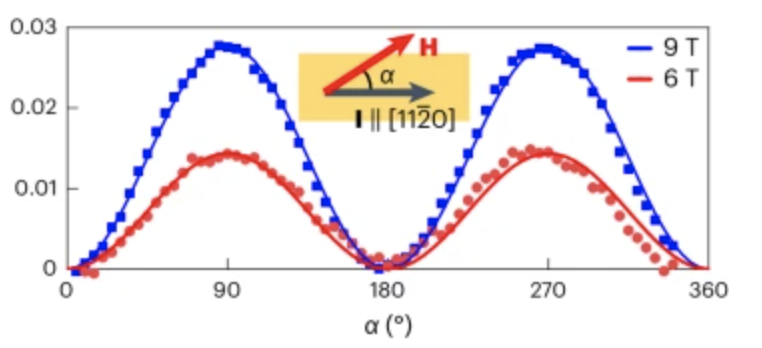Insider Brief
- Researchers manipulated a fundamental but often overlooked quantum property—known as the quantum-metric structure—at room temperature.
- The quantum-metric structure in Mn3Sn can be altered among various states using moderate magnetic fields or through interfacial engineering of spin textures with spin–orbit interactions.
- The Tohoku University-led team of researchers suggest the discovery has implications for quantum computing.
Researchers manipulated a fundamental but often overlooked quantum property—known as the quantum-metric structure—at room temperature, according to a study published in Nature. The Tohoku University-led team of researchers, who suggest the discovery has implications for quantum computing, used a topological chiral antiferromagnet, Mn3Sn, which features a highly tunable chiral-spin structure.
The researchers showed how the quantum-metric structure in Mn3Sn can be altered among various states using moderate magnetic fields or through interfacial engineering of spin textures with spin–orbit interactions. The research highlights the feasibility of using these properties at room temperature, which would increase the practical applications of quantum-metric effects in quantum devices.
Quantum-metric properties belong to the geometric characteristics of Bloch electrons, which are influenced by quantum mechanics within a crystal lattice. This new method of manipulation at room temperature effectively overcomes challenges seen in previous studies, such as those involving the material MnBi2Te4, where quantum-metric effects were lost around 25 degrees Kelvin and required much stronger magnetic fields to modify states.

This finding may be critical in quantum computing operations because it addresses the essential challenge of balancing robustness with controllability in quantum-metric structures. The use of topological chiral antiferromagnets like Mn3Sn not only boosts the stability of these quantum properties but also provides a straightforward approach for their precise control through external adjustments.

The practical applications arising from this study are substantial. For example, encoding information within the quantum-metric structure of a material could lead to the development of topologically protected memory devices, offering enhanced stability and reduced susceptibility to external disruptions, which are typical challenges in quantum computing applications.
Additionally, the research points toward potential innovations in signal processing. The observed second-order nonlinear current effects in Mn3Sn could transform input signals into their square, indicating uses in signal rectification and noise sensors. These sensors could be instrumental for probing the topological structures of Bloch states and for monitoring time-dependent electrical fluctuations, crucial for advancing quantum computing technologies.
The manipulation mechanism through internal spin–orbit interactions, compatible with general magnetic materials, also expands the range of materials that can exhibit these quantum-metric effects. This broadening of material candidates not only promotes further research in the field but also enhances the integration of these materials into existing technologies.
The team included Jiahao Han, Tomohiro Uchimura, Yasufumi Araki, Ju-Young Yoon, Yutaro Takeuchi, Yuta Yamane, Shun Kanai, Jun’ichi Ieda, Hideo Ohno, and Shunsuke Fukami. Scientists from the Advanced Science Research Center, Japan Atomic Energy Agency also took part in the investigation.
For a deeper, more technical look that would add more contexts than this summary, please see the entire paper in Nature.


















